New on LowEndTalk? Please Register and read our Community Rules.
All new Registrations are manually reviewed and approved, so a short delay after registration may occur before your account becomes active.
All new Registrations are manually reviewed and approved, so a short delay after registration may occur before your account becomes active.




















Comments
SPACE IMAGES - HUBBLE
Hubble's newest camera images ghostly star-forming pillar of gas and dust

SPACE IMAGES - HUBBLE
The Red Spider Nebula: surfing in Sagittarius - not for the faint-hearted!

SPACE IMAGES - HUBBLE
Light and shadow in the Carina Nebula
SPACE IMAGES - HUBBLE
Saturn in natural colours

SPACE IMAGES - HUBBLE
Hubble Celebrates its 31st anniversary with a magnificent view of AG Carinae
Every challenge is an opportunity to create an extraordinary story
We can turn challenges into opportunities to shine
SPACE IMAGES - HUBBLE
Hubble view of Messier 106

Life is a journey full of challenges that requires strong determination
Challenges teach us not to give up halfway
For those of you on EST - East coast of the USA
any plan for ASIA region @dustinc ?
HAPPY NEW YEAR EVERYONE 🎉
And a
To you as well. (And all of you in CST)
SPACE FACTS
Spacesuit helmets have a Velcro patch, to help astronauts itch.
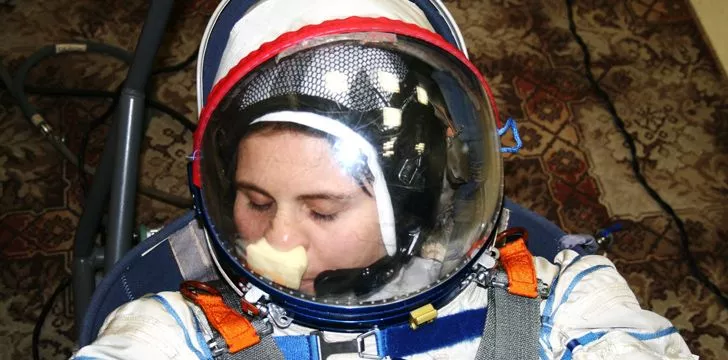
This is the Velcro patch’s one and only purpose.
SPACE FACTS
The ISS is visible to more than 90% of the Earth’s population.
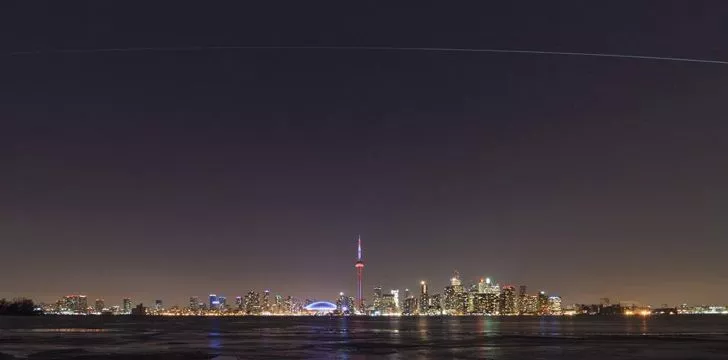
When you see the International Space Station (ISS) in the night sky it appears as a fast-moving star crossing from horizon to horizon.
SPACE FACTS
Saturn is the only planet that could float in water.
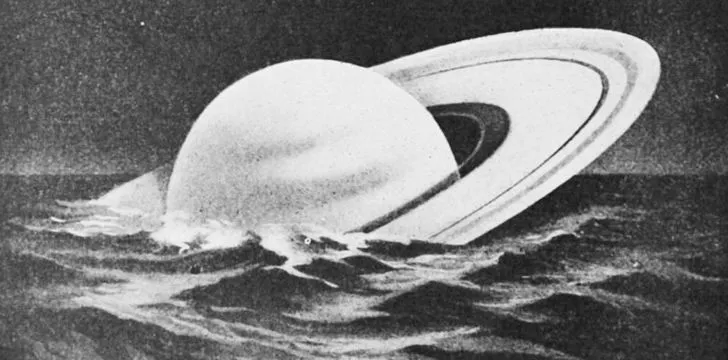
Although Saturn is the second largest planet in our solar system, it is also the lightest planet.
Saturn could float in water because it is mostly made of gas – although the real fact here is that you would need a giant bath tub!
SPACE FACTS
Asteroids are the byproducts of formations in the solar system, more than 4 billion years ago.
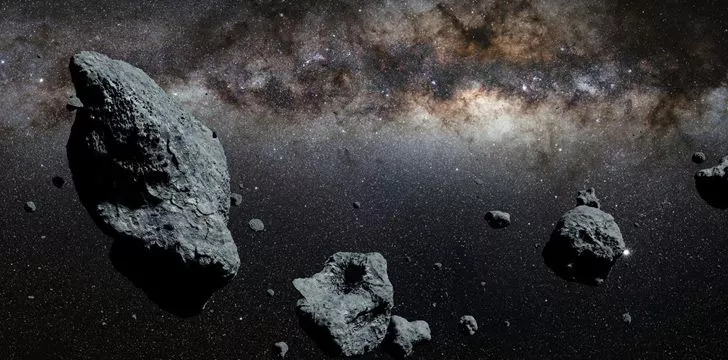
The birth of Jupiter in our solar system prevented any planetary bodies forming between Mars and Jupiter, causing the small objects that were there to collide with each other and fragment into asteroids.
SPACE FACTS
Astronauts can’t burp in space.
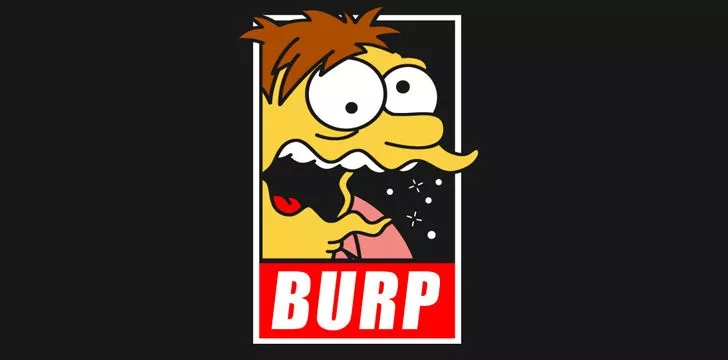
This is because the lack of gravity in space means the air in astronaut’s stomach doesn’t separate and rise up from ingested food.
SPACE FACTS
Uranus was originally called “George’s Star”.
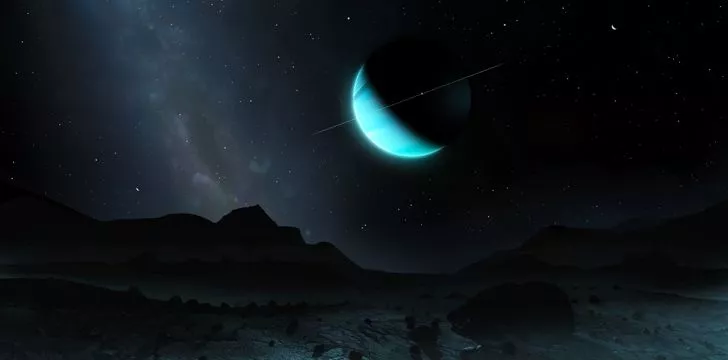
This name was in honor of discoverer William Hershel’s new patron, King George III.
SPACE FACTS
A sunset on Mars is blue.
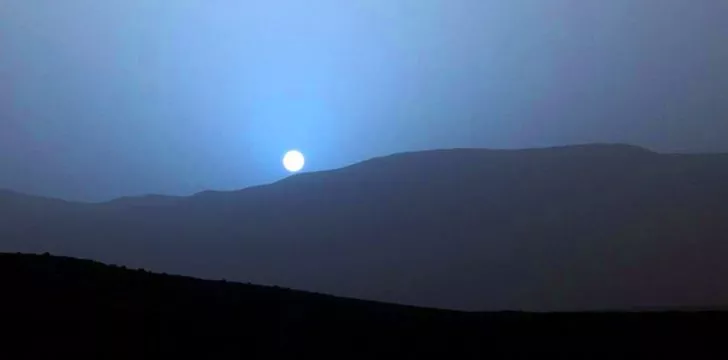
Mars has less than 1% of the Earth’s atmosphere.
So the sunsets on Mars appear as blue due to the way the blue light from the Sun is captured within the atmosphere of Mars.
SPACE FACTS
A sunset on Mars is blue.

Mars has less than 1% of the Earth’s atmosphere.
So the sunsets on Mars appear as blue due to the way the blue light from the Sun is captured within the atmosphere of Mars.
SPACE FACTS
The Earth weighs about 81 times more than the Moon.
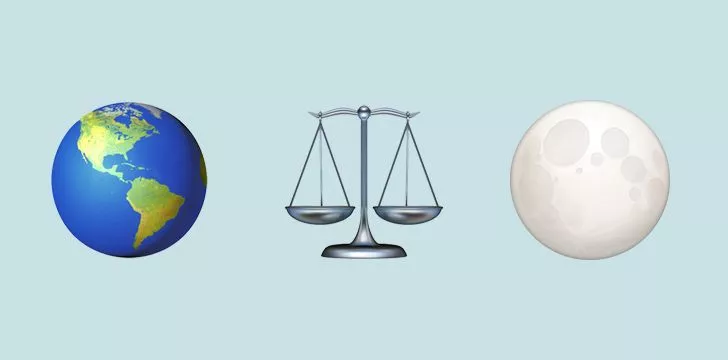
The Moon’s gravity, much like other planets, differs depending on where you are on its surface.
SPACE FACTS
The first living mammal to go into space was a dog named “Laika” from Russia.
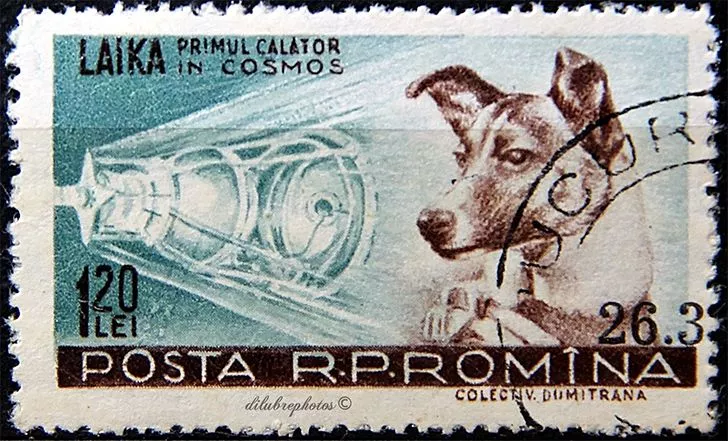
Laika was a stray mongrel from the streets of Moscow and was launched into space on the Soviet spacecraft Sputnik 2 on November 3, 1957.
Sadly, Laika died 5-7 hours into the flight due to overheating and stress. Poor doggo.